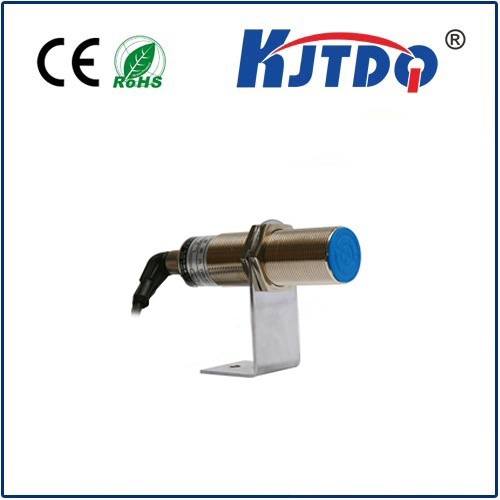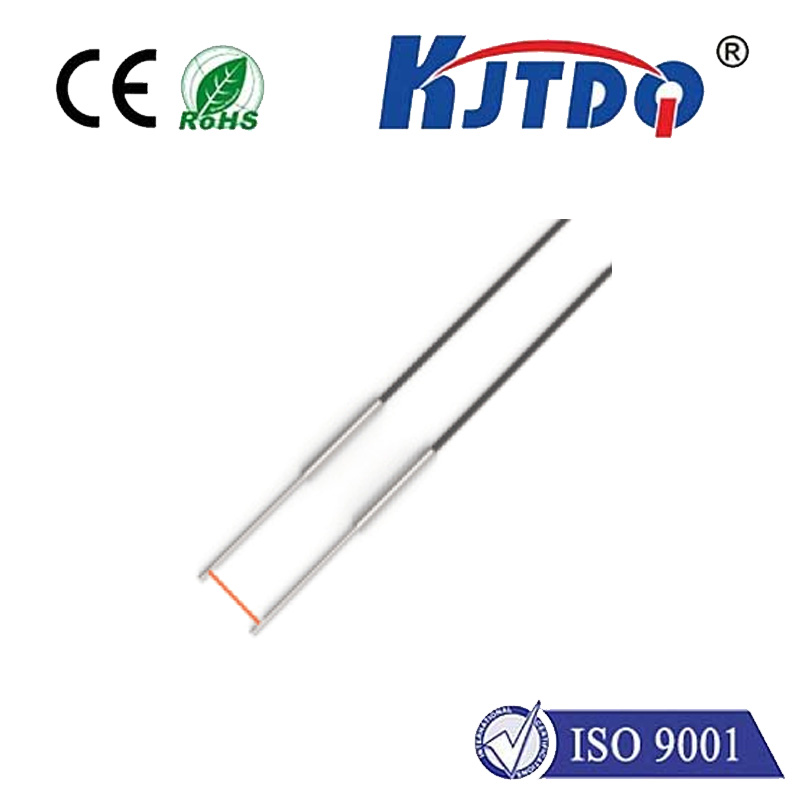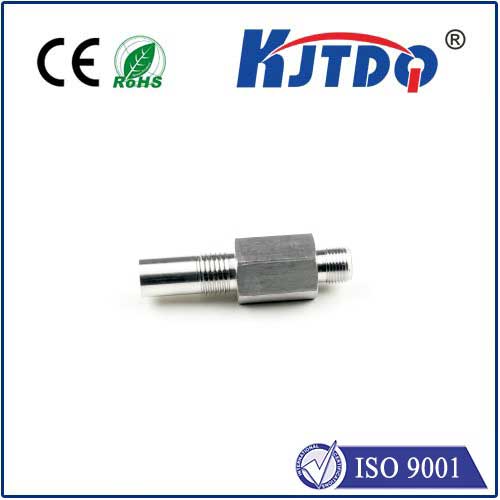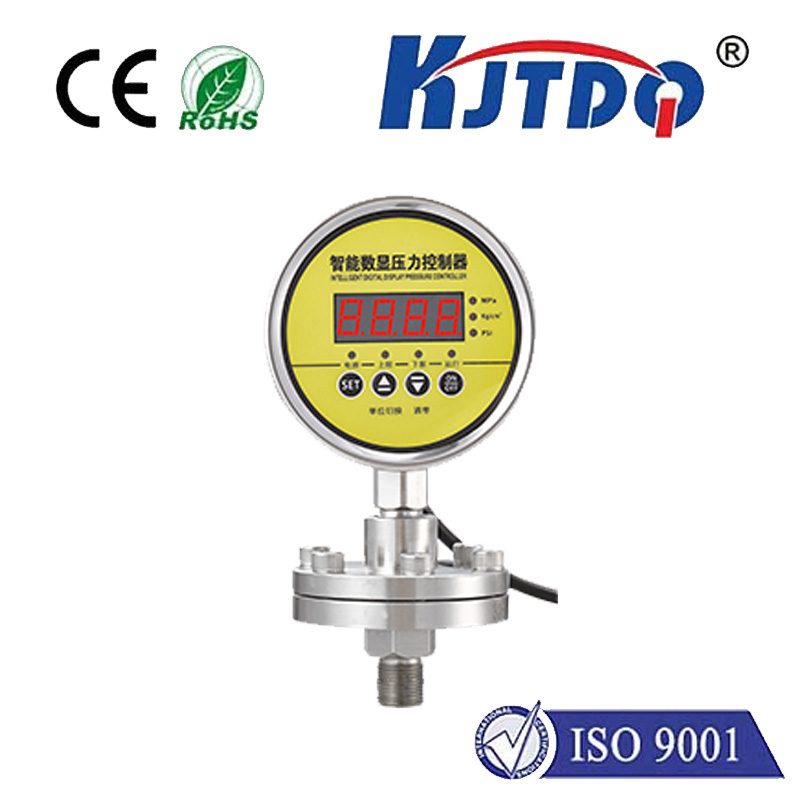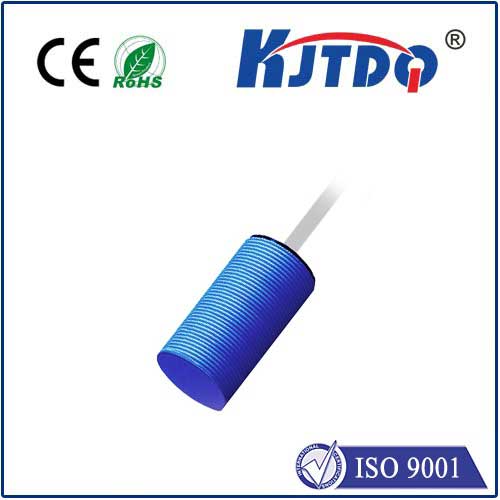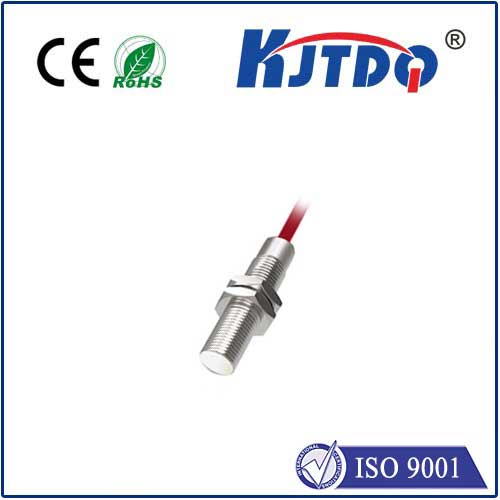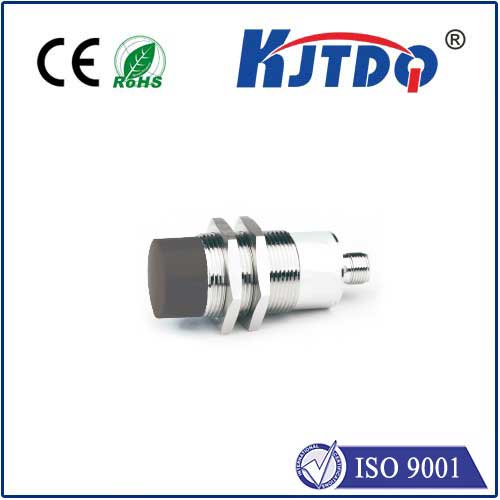proximity mini sensor yellow
- time:2025-09-07 02:03:21
- Click:0
The Mighty Yellow Proximity Mini Sensor: Small Size, Big Detection Power
Ever notice how the smallest components often hold the most significant potential? In the intricate world of automation, robotics, and smart devices, the humble proximity mini sensor plays a crucial, often unsung role. And when it comes to standing out – both visually and functionally – the yellow proximity mini sensor offers a unique blend of compact efficiency and enhanced visibility. This tiny titan is far more than just a splash of color; it’s a sophisticated tool for non-contact detection in space-constrained environments.
Understanding the Proximity Mini Sensor
At its core, a proximity sensor is a device designed to detect the presence or absence of nearby objects without any physical contact. It achieves this magic through various technologies, primarily inductive (for detecting metallic objects), capacitive (for detecting materials like plastic, wood, or liquids, even through barriers), photoelectric (using light beams), and ultrasonic (using sound waves). These sensors output a signal – often a simple on/off switch – based on the detected object’s presence within a specific range.
Now, shrink that technology down. A mini proximity sensor embodies the principle of miniaturization without sacrificing core functionality. These sensors prioritize incredibly compact size and light weight, making them ideal for applications where every millimeter counts. Think intricate robotic arms, densely packed PCBs, miniature consumer electronics, door/window sensors in smart homes, or compact industrial machinery. Their small footprint allows integration into designs where traditional sensors simply wouldn’t fit.

The Significance of Yellow: More Than Meets the Eye
So, why yellow? While sensor functionality isn’t inherently tied to its housing color, the yellow proximity mini sensor offers distinct practical advantages:
- Enhanced Visibility: Yellow is one of the most visible colors to the human eye, especially under varied lighting conditions. In complex machinery, production lines, or during maintenance, a yellow sensor housing makes the device significantly easier to spot, locate, and visually inspect. This reduces troubleshooting time and helps technicians quickly identify components.
- Safety and Identification: In many industrial settings, specific colors denote certain functions or safety zones. Yellow often signals caution or indicates sensing/control devices. Using a standardized yellow housing helps personnel instantly recognize the device type, promoting safer work practices around automated equipment.
- Branding and Customization: For manufacturers, offering sensors in different colors, including vibrant yellow, allows for product differentiation, branding alignment, or meeting specific customer requirements for aesthetic integration within their products.
- Contrast: Against common backgrounds like metal machinery (grey/silver) or dark enclosures, a yellow mini sensor provides excellent contrast, further aiding quick visual identification.
Key Features and Benefits of the Yellow Mini Proximity Sensor
Combining the advantages of miniaturization with the visibility of yellow, these sensors pack a punch:
- Extreme Space Efficiency: Their miniature size (often just millimeters in diameter/length) is their defining characteristic, enabling installation in incredibly tight spots that standard sensors cannot access.
- Reliable Non-Contact Detection: Despite their size, they deliver the core benefit of proximity sensing: wear-free, reliable detection without physical interaction, leading to longer operational life and reduced maintenance.
- High-Speed Response: Miniaturization often goes hand-in-hand with optimized electronic design, resulting in very fast response times – critical for high-speed automation or counting applications.
- Versatile Mounting: Designed for integration, they often feature threaded barrels, flat surfaces, or specialized brackets suitable for easy mounting in confined spaces.
- Durability: Quality yellow proximity mini sensors are built to withstand demanding industrial environments, featuring robust housings resistant to vibration, moisture, and certain chemicals (check specific IP ratings).
- Variety of Outputs: Available with diverse outputs (NPN, PNP, NO, NC, analog) to interface seamlessly with various control systems (PLCs, microcontrollers).
Where the Yellow Proximity Mini Sensor Shines: Applications
The combination of compact size, reliable sensing, and high visibility makes the yellow proximity mini sensor invaluable across numerous sectors:
- Factory Automation & Robotics: Detecting end-of-arm tooling positions, verifying part presence in miniature assemblies, monitoring tiny component feed on conveyors, ensuring gripper closure confirmation in compact robotic cells.
- Consumer Electronics: Integrated into smartphones (detecting ear proximity during calls), wearables, smart home devices (position sensing in miniature actuators, cover/door detection), printers, and gaming controllers.
- Medical Devices: Sensing fluid levels in compact cartridges, detecting disposable component insertion, verifying door closure on portable equipment, and ensuring precise positioning in miniature diagnostic instruments.
- Automotive: Packed into tight engine compartments (fluid level sensing), inside gear selectors, within advanced driver-assistance systems (ADAS) modules, and for seat position detection – where their small size and visibility aid assembly and service.
- Packaging Machinery: Verifying the presence of small items (pills, small components), detecting foil seals, monitoring fill levels in tiny containers, and ensuring label application.
- Security Systems: Used in miniature door/window contact sensors, tamper detection within compact enclosures, and position sensing in access control mechanisms.
- IoT & Embedded Systems: Ideal for adding sensing capabilities to small, connected devices where space is at an absolute premium.
Choosing the Right Yellow Miniature Sensor
Selecting the optimal yellow proximity mini sensor requires careful consideration:
- Detection Principle: Is the target metal (inductive)? Non-metal (capacitive)? Does it require through-barrier detection? Is a light beam (photoelectric) or sound wave (ultrasonic) more suitable for the application’s environment?
- Sensing Distance: Precisely determine the required range. Mini sensors typically have shorter ranges than larger counterparts, so accuracy is key.
- Size Requirements: Measure the available space meticulously – diameter, length, mounting constraints are critical.
- Environmental Factors: Consider temperature extremes, potential exposure to liquids (IP rating), chemicals, dust, or electrical interference.
- Electrical Requirements: Match the supply voltage and output type (NPN/PNP, NO/NC, Analog) to your control system.
- Housing Material and Color Stability: Ensure the robust yellow housing material (like PBT plastic) is suitable for the environment and that the colorant is stable against UV light if exposed.
The proximity mini sensor yellow is a testament to how engineering ingenuity combines functionality with practical design. Its compact form solves spatial challenges, its yellow housing enhances usability and safety, and its core proximity sensing technology delivers reliable performance. Far from being just a colorful component, it’s a critical enabler for innovation in modern, miniaturized technology across countless industries. When space is tight but detection is paramount, this small but mighty sensor is often the perfect solution.







